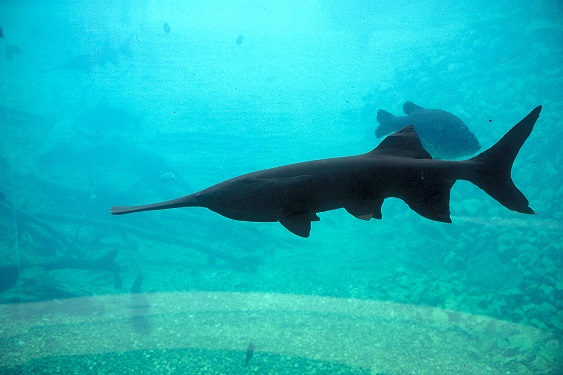Rules About Fireworks in State Parks
Tuesday, June 30th, 2015This is Passport to Texas
The July fourth holiday is upon us, and with it comes a burning desire for making our own big booms. But, when it comes to celebrating our nation’s birthday at Texas state parks, feel free to bring the barbeque, the watermelon and the outdoor games–but leave the fireworks at home.
06-It is illegal in Texas state parks–it is a Class C misdemeanor to possess fireworks in a state park.
We’re not trying to put a damper on your Independence Day fun, but Wes Masur, state park law enforcement coordinator at Texas Parks and Wildlife, says parks are no place for fireworks. Even sparklers get two thumbs down.
09–Within the state park system we have different types of wildlife and different types of grasses and we don’t want to get any type of forest fire started–people are there to enjoy the state parks.
Devastating wildfires have started for much less. While some state parks do offer organized fireworks displays, not everyone appreciates these holiday pyrotechnics even when allowed.
05–Some people don’t like fireworks–the noises that go along with that stuff–we just don’t allow it in the state parks.
Find out which state parks offer public fireworks displays, on the Texas Parks and Wildlife website.
That’s our show for today…For Texas Parks and Wildlif…I’m Cecilia Nasti.





 Passport to Texas is a
Passport to Texas is a  Passport to Texas is made available by:
Passport to Texas is made available by: